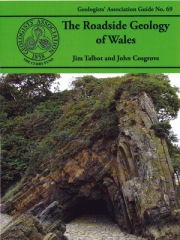I remember buying the first edition of Ken Brook’s fascinating little guide on Hastings a long time ago, and bumbling off to Hastings in the hope of finding Lower Cretaceous dinosaurs and tree ferns.
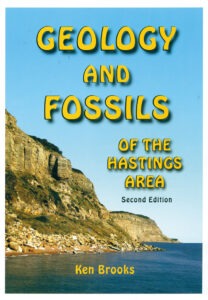

I remember buying the first edition of Ken Brook’s fascinating little guide on Hastings a long time ago, and bumbling off to Hastings in the hope of finding Lower Cretaceous dinosaurs and tree ferns.

In recent years, there has been a lot written on the fossils of the UK Chalk. However, this guide was the first and is still probably the best for identifying and learning about the fossils that can be found in the chalk cliffs and pits of the UK.
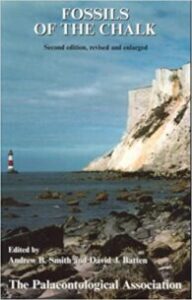
The Geologists’ Association is making something of a name for itself when it comes to pushing the envelope in geological publishing in the UK. It has already produced guides to the geology of non-UK locations and I have reviewed a new guide to the roadside geology of Wales. In itself, that was quite a departure, but so is the book under review – a guide to the ‘urban geology’ of Barcelona.
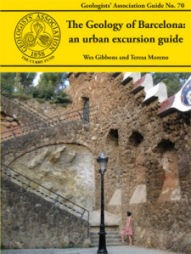
Like the book, Applications of Palaeontology: Techniques and Case Studies, this book is not for the casual fossil collector. Rather it is for the student, academic, oil industry professional or the more dedicated amateur collector.
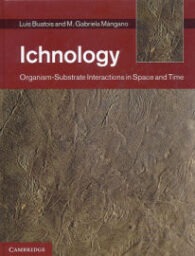
This is a brief guide explaining how the reader may collect meaningful data at outcrop level and make provisional identifications of common lithologies. It is not intended as a comprehensive field geology textbook and assumes that readers have already studied geological theory (and, as such, is probably most useful of the undergraduate, but could be interesting for anyone interested in geology).

Introducing Mineralogy continues the high standard set by its predecessors in the Dunedin series of guides introducing aspects of the different sciences, especially the earth sciences. It is slightly larger than some of the others, but is still beautifully illustrated, nicely written and very informative.
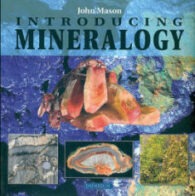
The Geologists’ Association has produced yet another great guide, this time on the geology of Wales. However, this is a slightly different beast from most of their other publications. As is always the case with this excellent series of guides, the book describes the geology of different sites capable of being visited. However, this time, the conceit is that visiting the locations is assumed to be by car.
